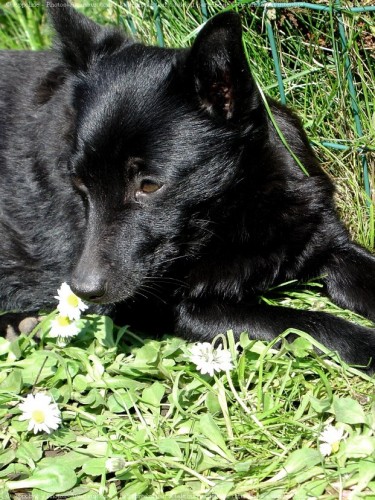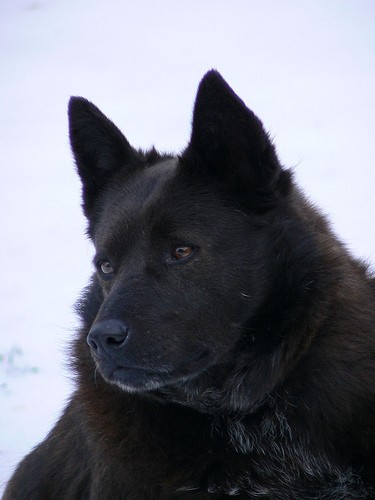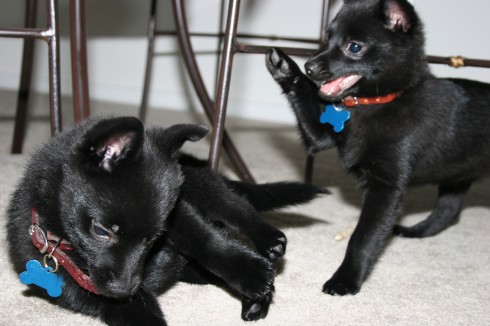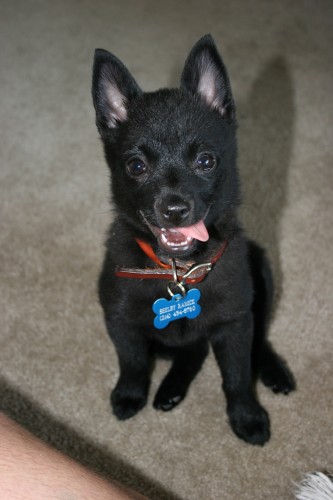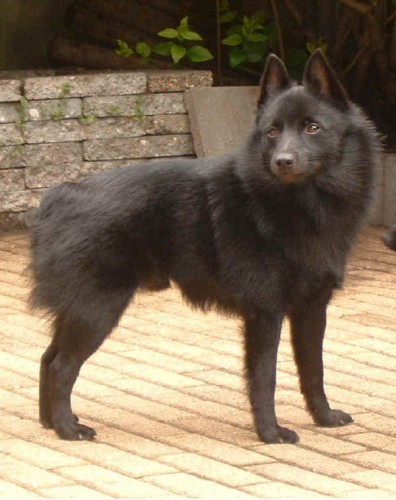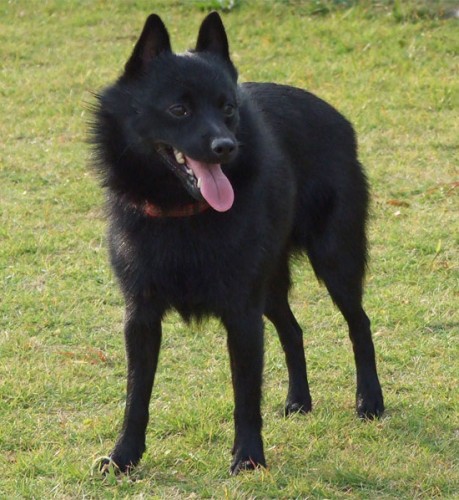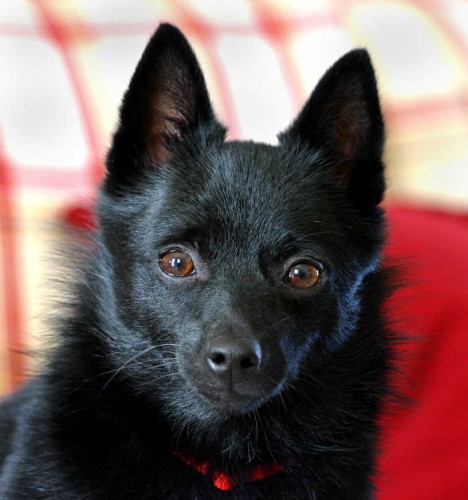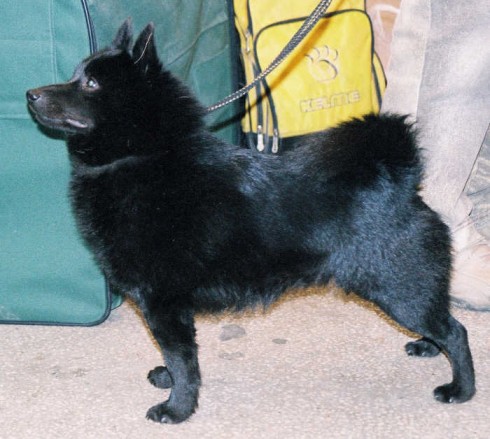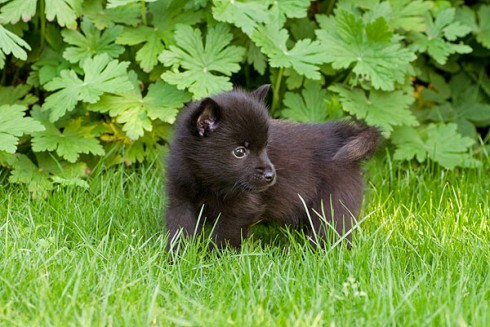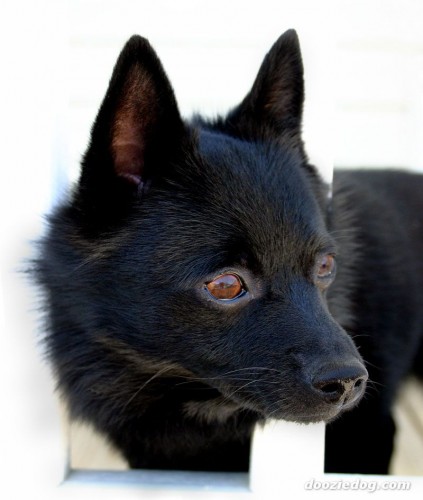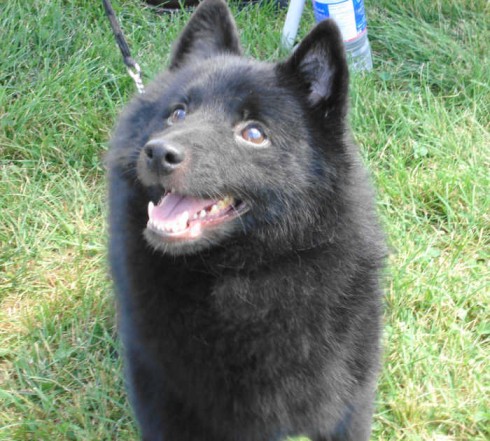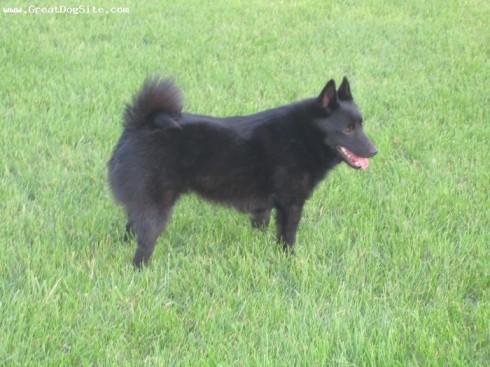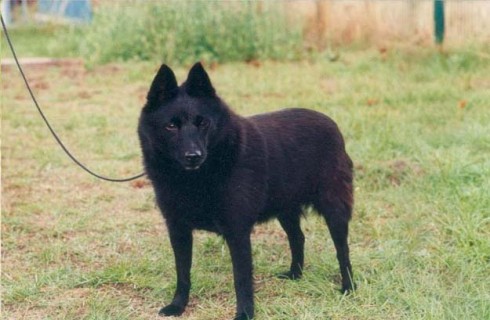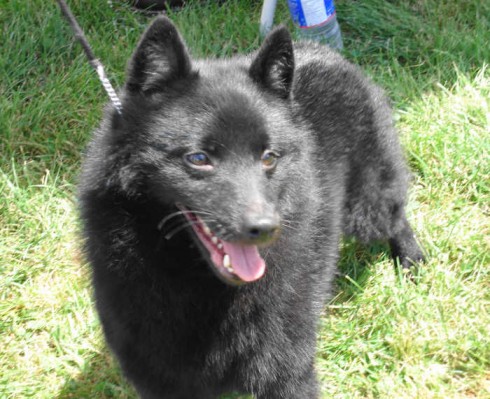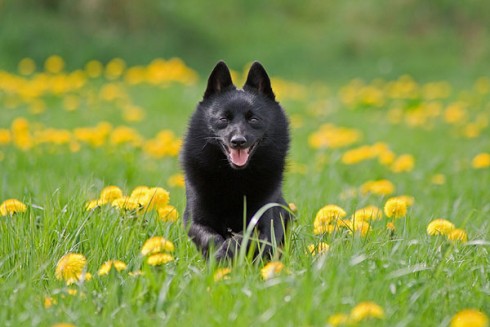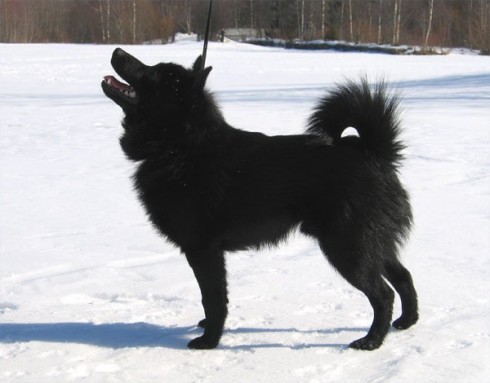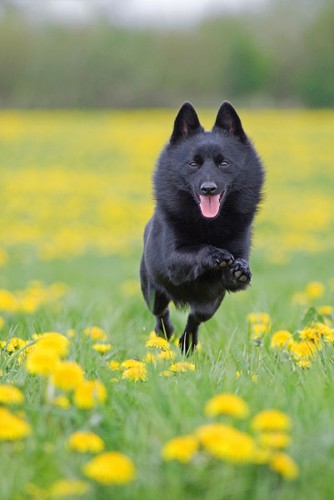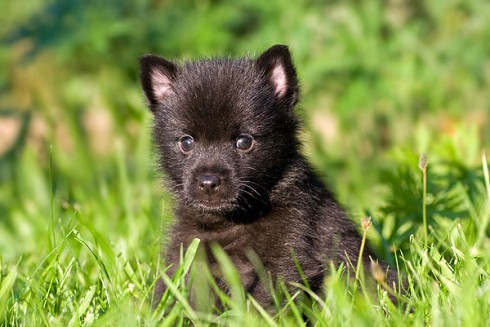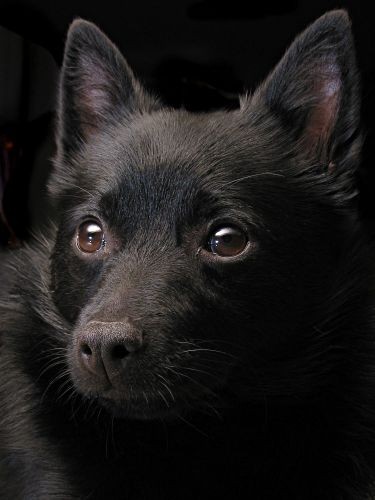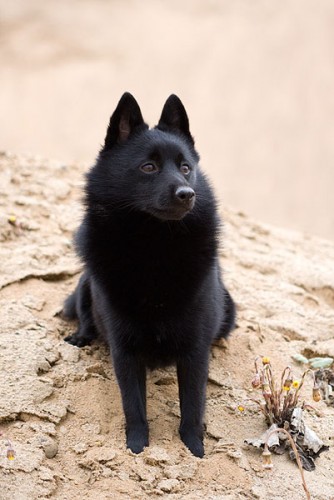Main Index
In Store
Our Web Store
Miniature Schnauzer Picture Gallery
Latest Dog Blogs
- What Are The Basic Commands To Train A Dog?
- PaySafe As The Most Popular Type Of Deposit
- Everything You Need To Know About Pet Sales
- Dogs Contribute To Our Physical And Mental Well Being
- How To Choose Where To Bet On Greyhounds In 2022
- Volunteer With Animals - How To Help Dogs Around The World
- Basic Understanding Of The House Edge
- Why You Should Get A Dog
- Top 20 Popular Dog Names Around The World
- Constipation in Dogs and How to Find Solutions
Schipperke
The Full Schipperke Description
The Schipperke has a can-do attitude. He is quick-thinking and quick-moving. He is unaware of his small size, and eagerly enters into play with dogs of any kind or size.
Did you know?
The Schipperke originated in the Flemish provinces of Belgium.
Schip means boat, schipper means captain of the boat and schipperke means "little captain of the boat".The dogs were used on the canal barges to guard the boat and catch the vermin. From there the name little captain.
Schipperke's are sometimes called "the best house dog" and very fond of children.
So you want to own a Schipperke?
He is curious and interested in everything around him. He is reserved with strangers and ready to protect his family and property if necessary. He is an ideal watchdog and companion.
The coat is black, although when they shed the coat may take on a slightly reddish cast. The coat is straight and abundant and slightly harsh to the touch.
Indicative Breed Standard
General Appearance
Small, cobby, active dog, with sharp foxy expression.
Characteristic
Intensely lively and alert.
Temperament
Amenable, intelligent and faithful.
Head and Skull
Skull not round, but fairly broad, flat, with little stop. Muzzle moderate in length, fine but not weak, well filled under eyes. Nose black and small.
Eyes
Dark brown, more oval than round, not full; bright, most expressive.
Ears
Moderate length, not too broad at base, tapering to a point. Carried stiffly erect and strong enough not to be bent otherwise than lengthways.
Mouth
Jaws strong, with perfect, regular and complete scissor bite, i.e. upper teeth closely overlapping lower teeth and set square to the jaws.
Neck
Strong and full, rather short, set broad on shoulders, slightly arched.
Forequarters
Shoulders muscular and sloping. Legs perfectly straight, well under the body, bone in proportion to the body.
Body
Chest broad and deep in brisket. Back short, straight and strong. Loins powerful, well drawn up from brisket.
Hindquarters
Fine compared with forequarters; muscular and well developed thighs, well rounded rump. Legs strong, muscular, hocks well let down.
Feet
Small, cat-like, and standing well on the toes.
Tail
Customarily docked or may be born tailless. Docked: Very short. Undocked: Tightly curled, carried over the back. Well covered with hair.
Gait/Movement
Short, brisk stride, moving true fore and aft.
Coat
Abundant, dense and harsh; smooth on head, ears and legs; lying close on back and side; erect and thick round neck, forming a mane and frill; with good culottes on the back of thighs.
Colour
Usually black but other whole colours permissible.
Size
Weight about 5.5-7.5 kgs (12-16 lbs).
About Our Article Directory
- Article
- 27 November 2010
- 2 comments
Canis lupus familiaris
- Breed Article
- 29 May 2010
- No comments
Quick Search
Donate
Latest Dog Pods
- Tips on How to Stop Your Dog from Biting
- Beware - Not All Advertised Dog Rescues Really Are! How Can You Know The Truth?
- Helpful Tips For Dog Obedience Problems
- How to Keep Dogs From Eating Poop
- Dog Grooming Tips - A General Overview of the Very Basics of Dog Grooming
- Recognising Different Types of Dog Obedience Problems
- 5 Important Tips On Feeding A Puppy


